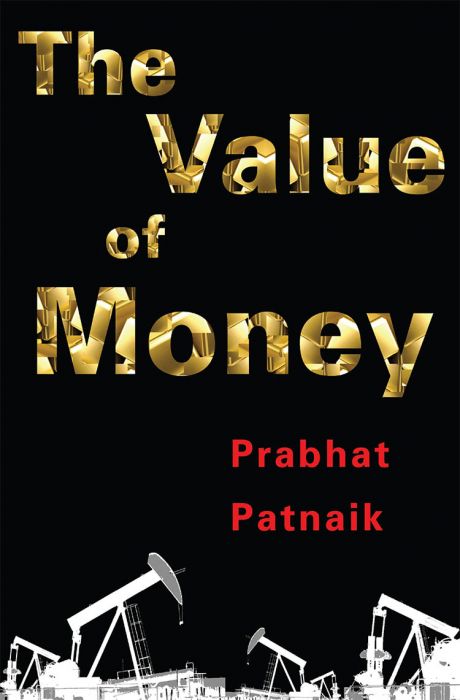The Value of Money
January 2010
6.25 x 9.5 inches
(x+254) 264 pages
ISBN : 978-81-89487-43-0
For sale only in India and South Asia.
There is a basic divide in economics on the answers to the question: what determines the value of money vis-à-vis non-money commodities? One answer is the monetarist one: the value of money in any period is determined by its demand and supply. The other answer states that the value of money is fixed from ‘outside’ the realm of demand and supply, whether by the relative quantity of labour embodied in it (Marx), or because some commodity’s price is fixed in terms of it (money wages in Keynes). The tradition offering this latter answer, to which both Marx and Keynes belong, is christened the ‘propertyist’ tradition in this book.
This basic divide logically entails two entirely different economic world-views. Monetarism, to be logically consistent, must preclude any role for money as a form in which wealth is held; it can cognize money only as a medium of circulation. By precluding the role of money as a form of wealth-holding, monetarism also precludes any possibility of ‘involuntary unemployment’ (Keynes) or ‘overproduction crises’ (Marx), and hence invariably sees the capitalist economy as spontaneously achieving 'full employment'.
The monetarist position is not only factually wrong, but also logically untenable, since the medium-of-circulation role of money cannot be separated from its form-of-wealth role. While functioning as medium of circulation, money is also being held, no matter for how fleeting a period, as wealth. Once this is recognized, a coherent monetarist story cannot be constructed. ‘Propertyism’ is superior to monetarism both in its ability to explain observed phenomena and in its logical consistency.
‘Propertyism’ too, however, has a problem, though of a different sort. On the basis of it we cannot explain how capitalism has remained viable and how the value of money has remained stable over long stretches of time. It is therefore incomplete. This incompleteness of ‘propertyism’ arises from the fact that it takes capitalism as a closed and isolated system. To complete it, we have to see capitalism as necessarily ensconced within a pre-capitalist setting, which it uses for its own purposes, a view originally advanced by Rosa Luxemburg. A systematic exploration of the question of the value of money leads us therefore to a theory of imperialism.
The present book, while arguing this thesis, takes a close look at the Walrasian–Monetarist, Ricardian, Marxist and Keynesian systems, highlighting in particular the monetary theory embedded in each. In the process, it also provides a reinterpretation of the Marxian theory of value and price (and of the so-called ‘transformation problem’), emphasizing the dissimilarities between the Marxian and the Ricardian theories. The book also looks at the International Monetary System, giving special attention to the post-Bretton Woods arrangement. This arrangement, it argues, does not entail a break with commodity money at the global level despite not being linked to gold. It characterizes this arrangement as the ‘oil–dollar standard’ and explores some of the political implications of such a characterization.
While the book is a sequel to the author’s earlier work, Accumulation and Stability under Capitalism, its focus is less on history and more on theory, especially monetary theory.

